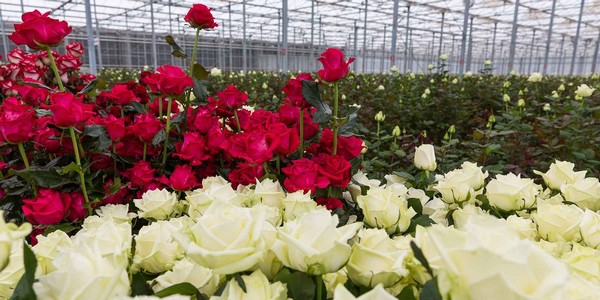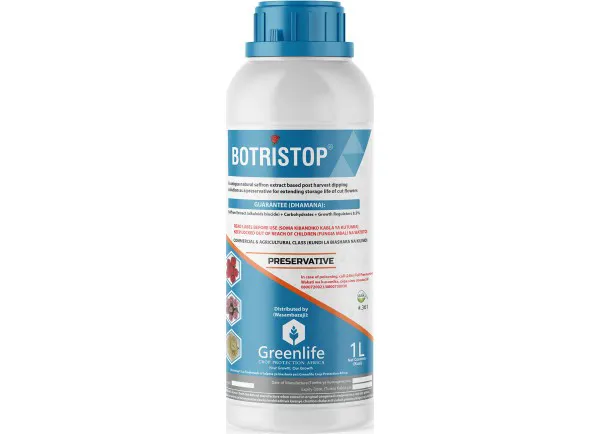Cut flowers are highly perishable compared to other horticultural or agricultural produce making post-harvest losses on flowers significant compared to other produce. The nature and extent of post-harvest loss is typical for each variety. Dealing with export of fresh cut flowers and especially to long distance requires proper harvesting, care of flowers after harvest and expert handling of the same.
The quality of flowers after harvest depend on the way they are handled. After harvesting, flowers need to be moved to a cool area where stems are recut and placed in solutions depending on the specific need of the flowers. Flowers continue to transpire even after harvesting making them to lose water and as a result they may wilt rapidly. Cutting them and placing them in rehydrating solutions may help them recover from wilting. Another factor to consider to help minimize wilting in harvested flowers is temperature, as temperature increases, respiration will increase resulting to water loss and wilting. Cool temperatures are important for maintaining good quality of cut flowers and this is why you will find cold stores in most farms.

Cut flowers need to be dipped in clean water and buckets disinfected regularly. At Greenlife Crop Protection they have a wide range of disinfectants both organic and synthetic. Change of dipping water regularly also helps to keep microbes at bay. In addition, cut flowers need to be supplied with sugars which act as continuous food supply for maximum post-harvest life. These sugars mostly contain carbohydrate which encourage bud opening. Dipping solutions can be used up to 3 days.
Harvested cut flowers should also be protected from mechanical damage. Mechanical damage to any part of the flower will reduce the aesthetic value of the flowers and could lead to infections such as Botrytis. Botrytis causes the flowers to turn black and decay. Botrytis spores germination and infection will require a film of moisture up to 12 hours. However, Botrytis can be managed by proper environmental management.
Prevention
To prevent Botrytis, ensure you store dry flowers free from any wetness, Flowers should not be moved directly from cool to warm rooms. This helps in making sure there is no condensation taking place which acts as a catalyst to Botrytis infections. Pack house floors should be maintained dry as wet floors will increase relative humidity and increase the risk for Botrytis infection. Dipping your flowers in Botristop will also help in Botrytis management. Botristop contains saffron extracts for prevention and extending storage life of cut flowers. Saffron has unique detergent properties causing lethal leakage of microbe cell components on flower buds and petals. In addition, carbohydrates and growth regulators are added into Botristop facilitating respiration and stimulating water uptake of cut flowers. Growers are advised to dilute 200 ml of Botristop in every 200 liters of clean water.

For mor e information
e information
Greenlife Crop Protection Africa
www.greenlife.co.ke
